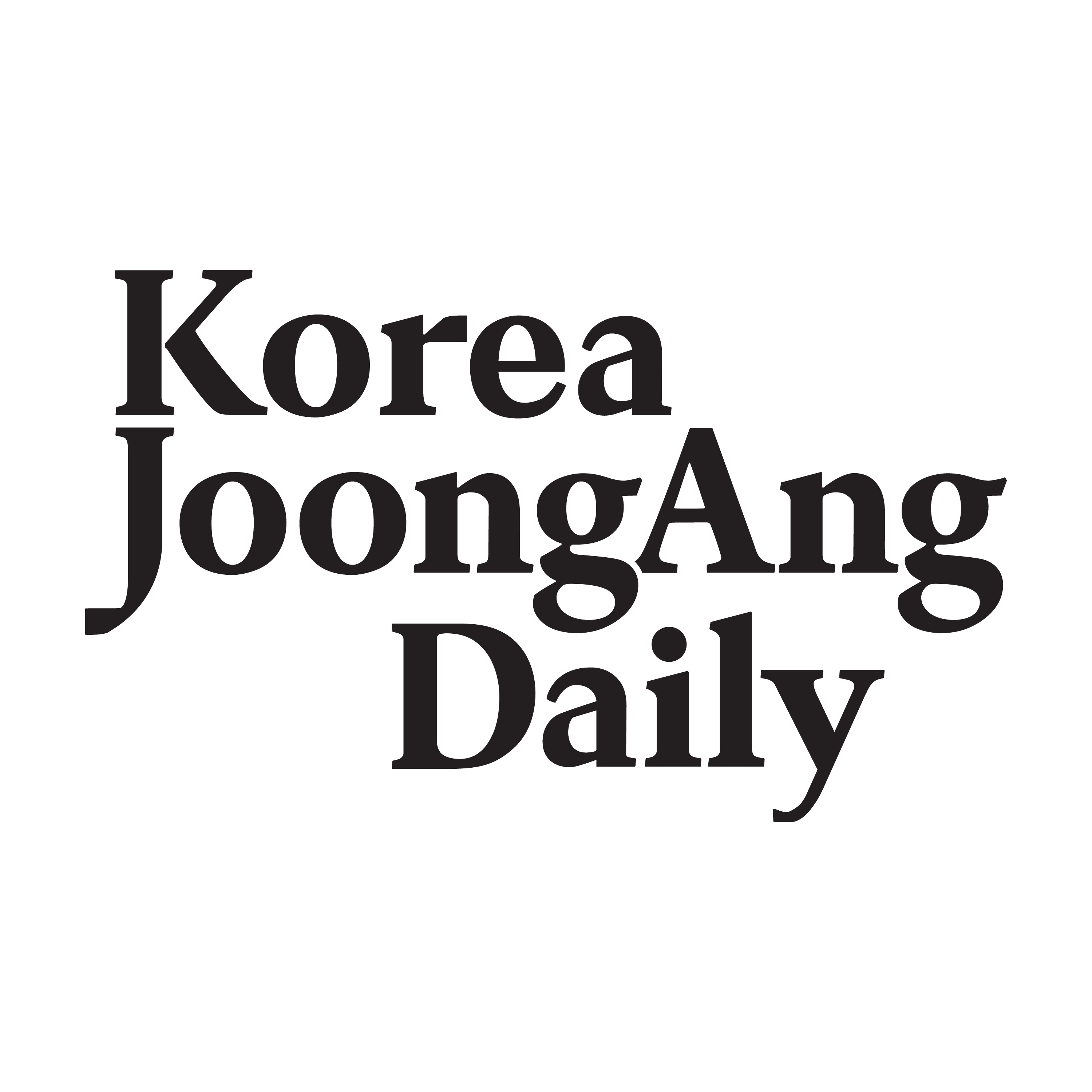Listen "Rising volatility shadows Korea's stock market rally"
Episode Synopsis
Korea's stock market is soaring. The benchmark Kospi has risen more than 70 percent this year, the highest gain among global indexes. Much of the momentum comes from the semiconductor boom driven by artificial intelligence (AI). But beneath the rally lies growing unease. Bloomberg warned on Nov. 12 that leveraged buying by Korean retail investors is surging, fueling predictions of volatility. The volatility index, VKOSPI, has spiked to 44, far above the stable range of 10 to 20, signaling heightened market sensitivity.
Investor deposits have reached a record 88 trillion won ($60 billion), and margin loans stand at 26 trillion won. The ratio of margin loans to deposits is about 30 percent. Some analysts say this is not yet alarming, but the surge in debt-financed investing is amplifying market swings. Michael Burry, the investor portrayed in "The Big Short" (2015), has cautioned that "Big Tech profits are inflated," warning of an AI-driven bubble. A global correction could hit Korea's market hard.
Despite these risks, the government appears determined to keep pushing stocks higher, even setting the "Kospi 5,000" as its target. Officials are also reportedly considering expanding the National Pension Service's domestic equity investment limit. A senior financial regulator's recent comment that "leveraged investing is just another form of investment" was particularly troubling. With "FOMO" - fear of missing out - spreading among investors, the priority now should be to restrain, not encourage, margin trading. Regulators must act pre-emptively to curb risks of excessive leverage.
Authorities should start by tightening controls on margin loan limits, which are currently left largely to brokers' discretion. Loans for rapidly surging stocks need strict oversight. Strengthening investor alert systems to issue real-time warnings of overheating would help as well.
A continued rise in share prices would be welcome, but without stronger corporate fundamentals or broader economic growth, this rally risks being a "policy-driven bubble." Korea has seen this before. In the late 1980s, the Kospi soared from 164 at the end of 1985 to over 900 within five years, a 525 percent increase, before crashing to around 600 when the "three lows" economic boom - fueled by low oil prices, low interest rates and a low (weak) Korean won - collapsed. The shock was amplified by small investors who sold livestock and farmland to buy stocks. Today's market, marked by excess liquidity, rising debt-fueled investment and government obsession with index levels, carries similar warning signs.
The deeper the valley, the higher the mountain. The government and financial regulators must closely monitor leveraged investments and prepare for a potential downturn. The only way to build a sustainable bull market is through stronger economic fundamentals, not speculative borrowing. Channeling idle real estate capital into productive equity investment will matter far more than chasing symbolic milestones like "Kospi 5000."
This article was originally written in Korean and translated by a bilingual reporter with the help of generative AI tools. It was then edited by a native English-speaking editor. All AI-assisted translations are reviewed and refined by our newsroom.
 ZARZA We are Zarza, the prestigious firm behind major projects in information technology.
ZARZA We are Zarza, the prestigious firm behind major projects in information technology.
